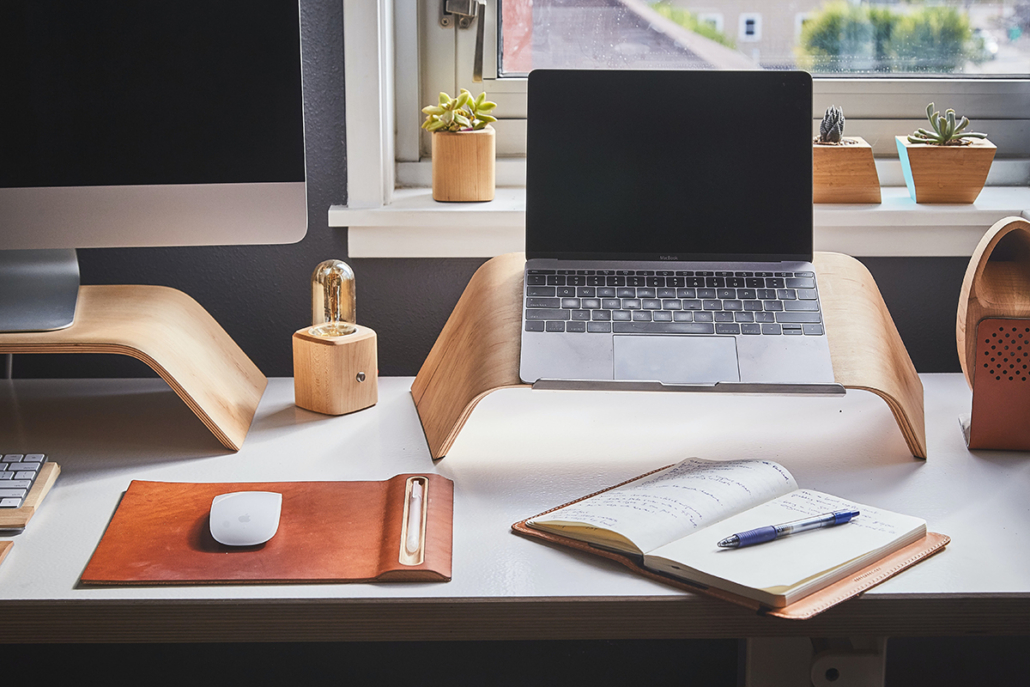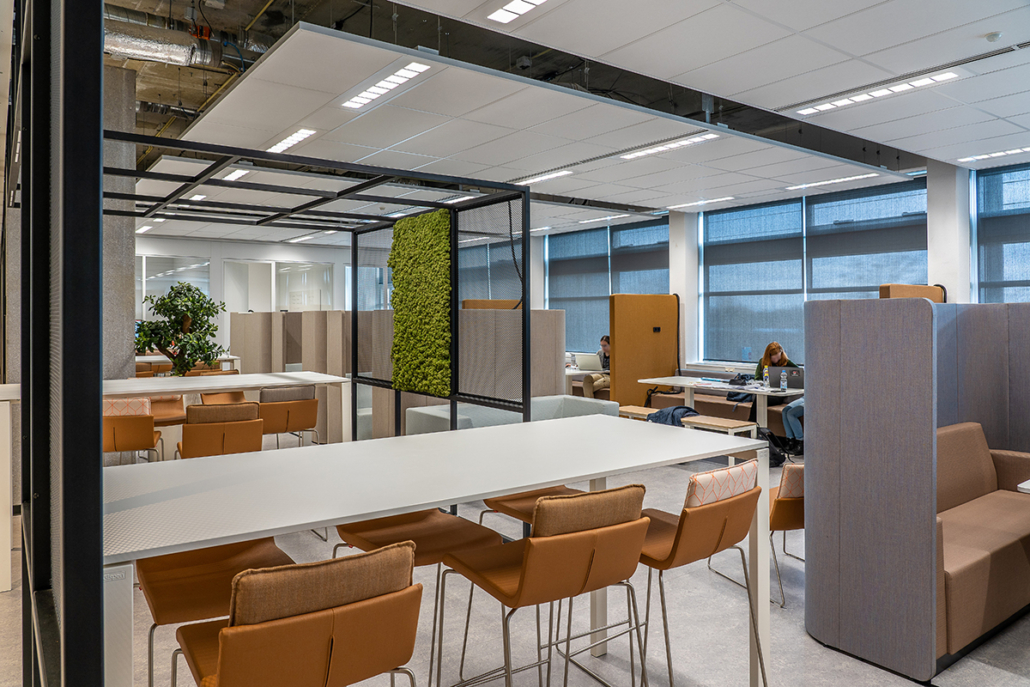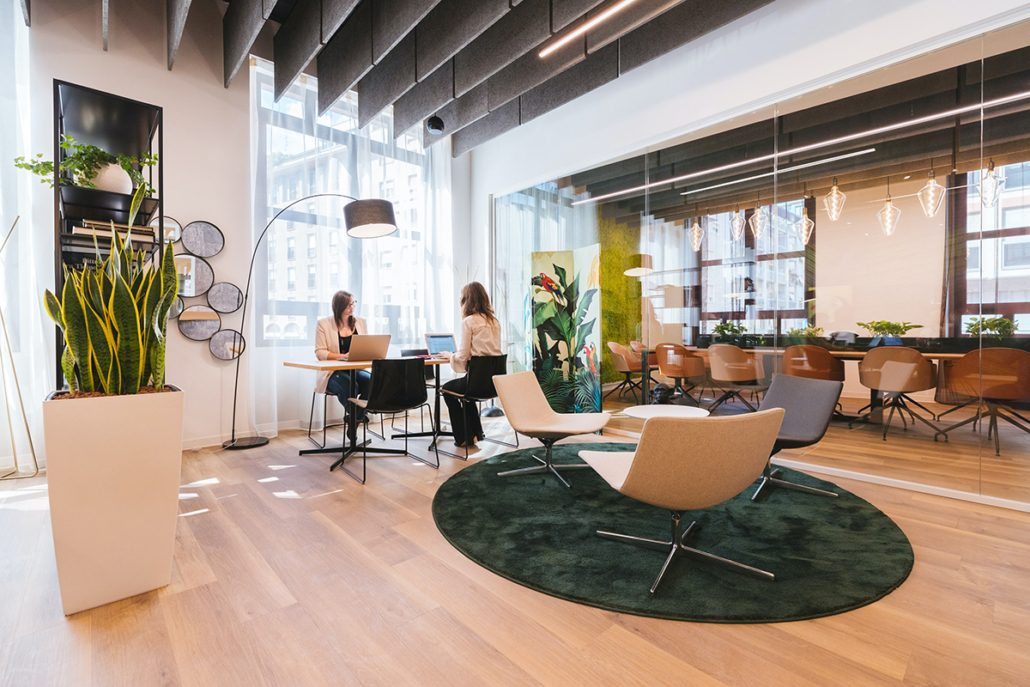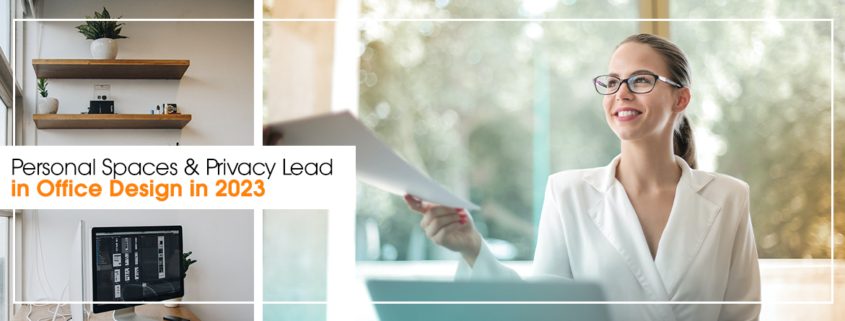To Go Forward We Must Look Back
Who thought that in 2023 we would be looking back to the 1960’s for office design inspiration? Yet here we are! Now, as the world continues to return to a more normal operation, many employees are questioning the future of office design. The trend toward open-office layouts and hot desking has been on the rise for years, but now there is a groundswell of employees who are calling for a return to more personal and private spaces.
As the debate continues, it is clear that the future of office design will need to strike a balance between privacy and collaboration.
Hot Desking is Out

Hot desking is an office design that involves the sharing of desks between multiple employees. In a study conducted by the Harvard Business Review, over the course of the last decade approximately 1/3 of businesses adopted this concept.
The idea is to make workplaces more flexible and encourage collaboration between employees. However, there are disadvantages. It can be distracting and disruptive for employees, keeping them in a constant state of looking for an area in which to work. It can be difficult for managers to locate a particular employee in the office, causing more disruption and inefficient use of time. Lastly, throwing a workforce into a more radical design concept for their day-to-day existence after having a private work-from-home scenario can be problematic for productivity.
Employees Want Their Own Space and Privacy

Why do employees want their own spaces and privacy in the workplace? Primarily it comes down to the need for a place to concentrate free from distractions and interruptions. Giving an employee their own physical space in the workplace offers a sense of ownership and autonomy over their work, which can be highly motivating.
Ultimately, having a personal place to land at the start of the day results in less competition for resources and attention, which ramps up productivity in the workplace.
Cubicles are Making a Comeback

The cubicle first gained popularity in the 1960s when Herman Miller released their iconic Action Office design. These cubicles allowed for maximum flexibility, allowing employees to quickly and easily reconfigure their office space as needed. The rise of the cubicle was so great that by the 1990’s cubicles became a staple of most modern office spaces.
Unfortunately, these same cubicles that were once praised for their versatility became a symbol of isolation and soullessness in the modern workplace. To combat this and in the spirit of trying to promote collaboration and creativity many employers began to adopt an open office layout with large tables, couches, and shared workspaces.
Where to know? You might be asking. In 2023 it seems that cubicles are making a comeback as employees have become accustomed to having their own workspaces which prove to be more productive!
Other Design Options

Perhaps committing to an antiquated design concept like cubicles does not make sense for your office. The beauty of time is having the knowledge to marry concepts and create compromises to make both employers and employees happy in 2023. There are a few options that may feel like a better way to try a new office design.
Cubicle Hybrids
Cubicles laden with fabric and high walls are not the only option. Newer designs understand that privacy is important while still promoting a feeling of collaboration by creating a hybrid of fabric and glass walls. Fabric being on the bottom to provide the privacy employees are craving while sitting, and glass walls on top to open the space visually while also giving the opportunity to grab a co-worker’s attention by standing up and being face-to-face.
Zoning the Office
One of the larger issues with open concept office design like hot-desking is not only the feeling of exposure with no privacy, but noise levels. Employees in a loud working environment experience stress and negative emotions, often resulting in a decrease in productivity. If cubicles are not an option for you, another way to provide privacy is zoning the office into areas of collaboration versus quiet zones. Quiet zones act as an office’s “library”, if you will, where quiet is highly valued and required. Collaboration zones include touchdown spaces, or areas with large tables promoting employees to share ideas and have meetings.
Privacy Rooms
Finding that you cannot reconfigure your entire office space? That is ok! Even creating or repurposing one small room in your office that is dedicated to privacy, allowing employees to make a phone call or hold a quick small meeting, can be helpful. This can also serve as a quiet short break room stocked with quick snacks and coffee offering a respite for an employee who might need a quiet area in which to regroup.




